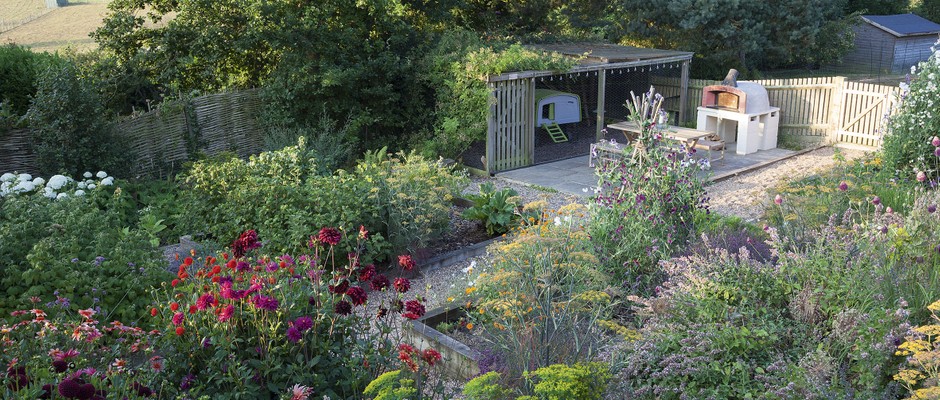
Coping with slopes: a terraced garden on the East Sussex coast
In a gradual process of experimentation and discovery, garden and gardener find their feet on a sloping site on the East Sussex coast. Words Stephanie Donaldson. Photographs Suzie Gibbons.
IN BRIEF
Name Full Moon Barn. What Terraced hillside garden featuring raised beds. Where East Sussex. Size Approximately a third of an acre within a one-and-a-half acre site. Soil A mixture of improved sand and clay.
Climate Coastal and sunny, but windy, with salt-laden gales and sea mist. Hardiness zone USDA 9.
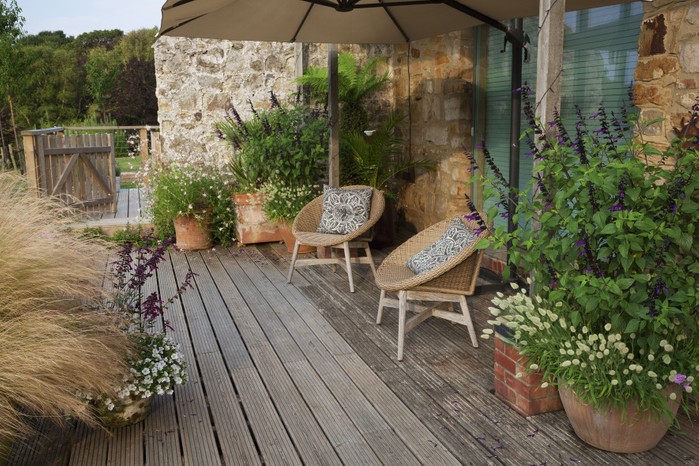
Full Moon Barn is set in a landscape where the undulating High Weald larger meets the sea. Many would be tempted to do little more than sit back and admire the views, but for Tara Macdonald this was never an option. A knowledgeable plantswoman who trained at RHS Garden Wisley and subsequently spent ten happy years working at Great Dixter, she needed part of the garden to be a place where she could grow some of the plants she loves.
"The setting feels quite Mediterranean, with magnificent, borrowed views of big, open spaces, " says Tara. "In summer when the grasses yellow you could almost be in Greece. I decided, within the larger, more open, garden, to make an area quite enclosed by the planting - an oasis tucked away from all that nature and the seascapes."
When Tara and her husband David bought the house there was no garden, just a field with a few stray trees and shrubs and a view-blocking bank of x Hesperotropsis leylandii (formerly x Cuprocypraris leylandii) along the boundary. The couple decided that the leylandii had to go, and with views opened up and light flooding into the garden, they constructed a series of raised beds leading down the slope from the existing deck in front of the house. Conveniently, building work on the house and a redesign of the larger garden had resulted in large quantities of spare soil that could be used to fill the beds.
“As you garden a place you learn what will and won’t grow,” says Tara. “I started off not knowing what would work – and coming from Great Dixter I had a long list of plants I wanted to try. As a plant lover I wanted to pack in as much as possible, but I didn’t want anything to dominate. It has been trial and error: things would blow over, get too big, or break in the wind; sometimes I would allow self- sowers to remain and then they would take over and I’d have to remove them all. Gradually, over the years, I have honed down my choices and come to understand the location.”
The planting has changed over time and Tara now invests in plants such as irises and grasses, achilleas and hardy geraniums – “plants that do fine, withstand the conditions and settle in well”. The one exception is a raised bed devoted to a dazzling array of dahlias. “That’s definitely inspired by Great Dixter,” says Tara, “but in this location it only works because I grow them through netting to give them essential support.”
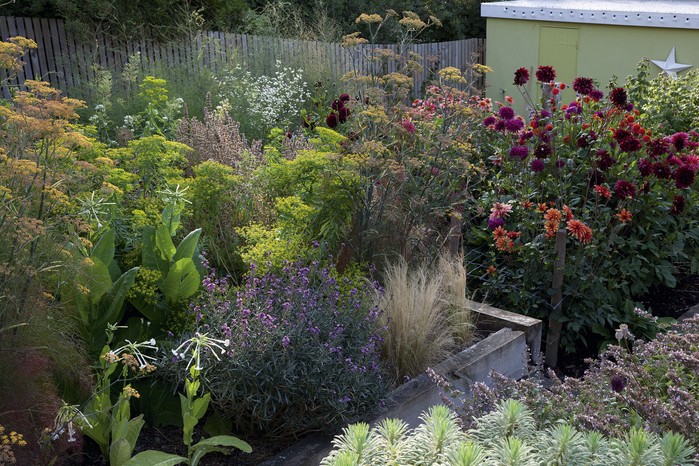
She loves the manageable size of her garden, and appreciates its sunny aspect, which means that plants do well provided they get enough water. “But I also love the changeability that comes with the coastal location,” she says, “even though it can be very bleak in winter when the wind howls.”
More like this
Tara now works as a freelance garden designer and plant consultant, but she has also been exploring other aspects of her creativity by recently completing a BA Designer Maker course, graduating with flying colours. Her degree project was a piece called Regeneration, which involved dyeing silks with dyes made from plants that reclaim damaged land, including ivy, brambles, nettles, birch, gorse and dandelions, and then using the fabric to make ethereal, silk flowers to represent healing and hope. She has become interested in growing dye plants such as woad, Anthemis tinctoria and marigolds, but says her garden is not a dyer’s garden – although it may become one in the future.
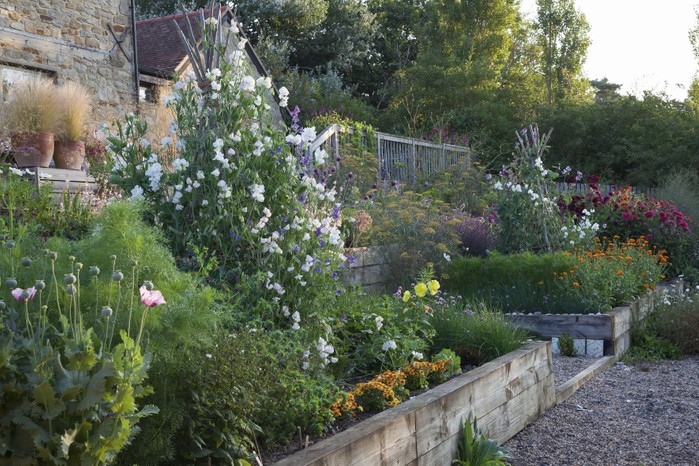
“Working at Great Dixter has really helped me understand gardening as a creative and playful process, from growing dahlias to taking my creativity in other directions. I always say you can take the girl out of Great Dixter, but you can’t take Great Dixter out of the girl.”
Showing item 1 of 12
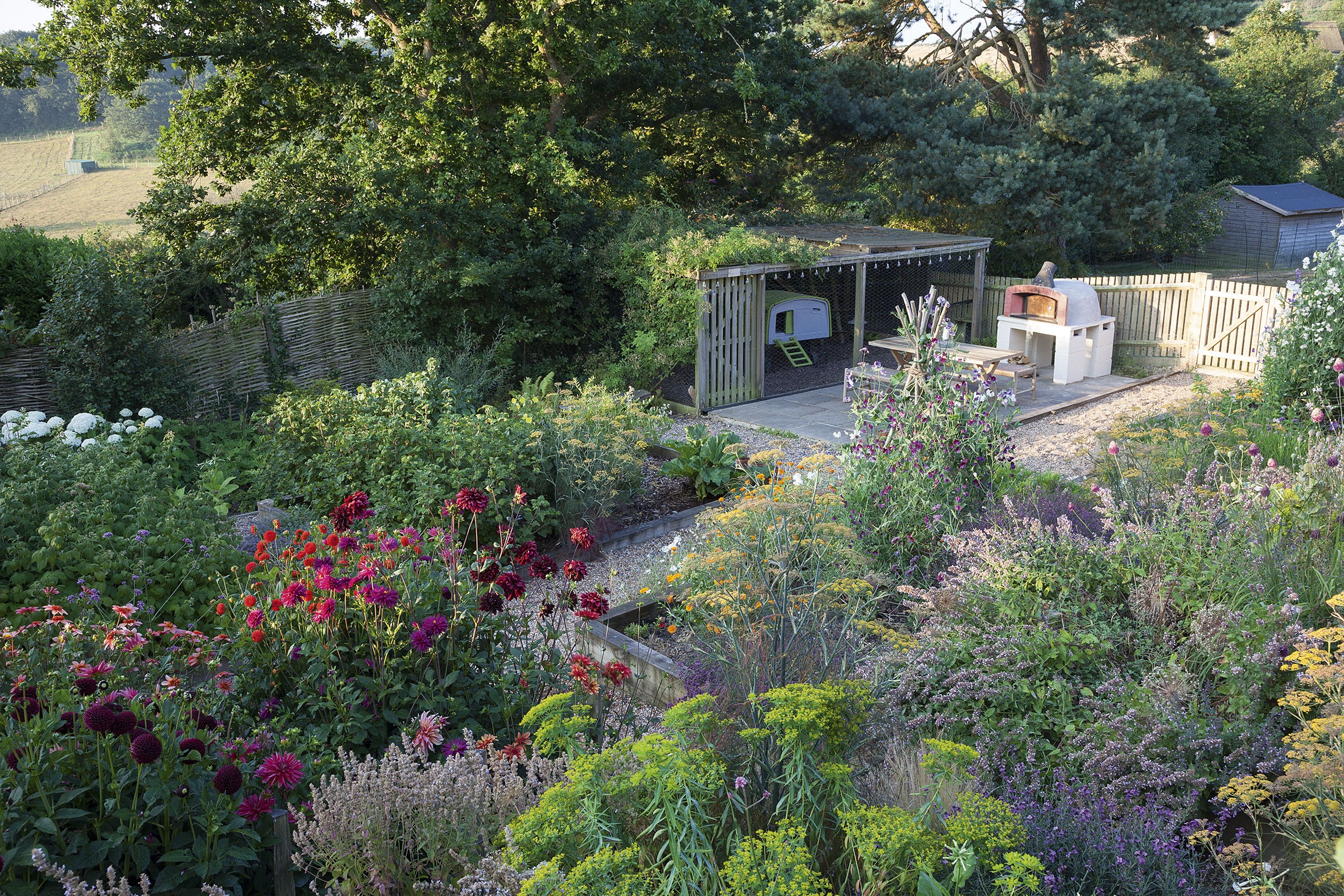
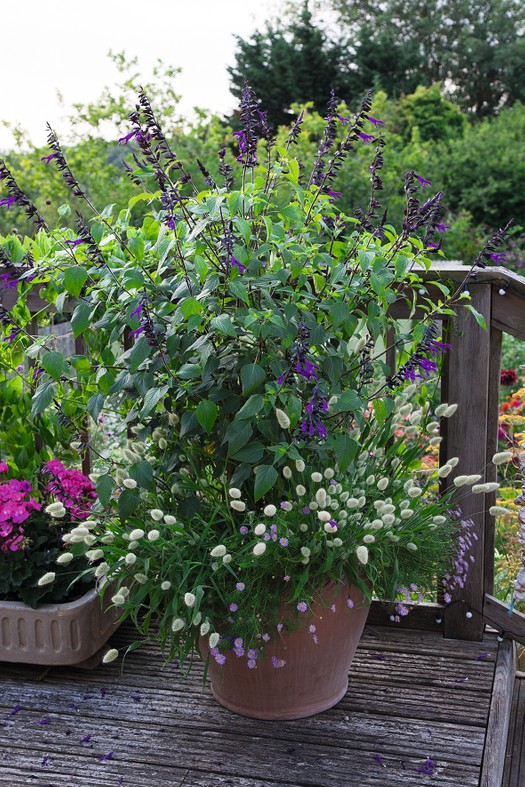
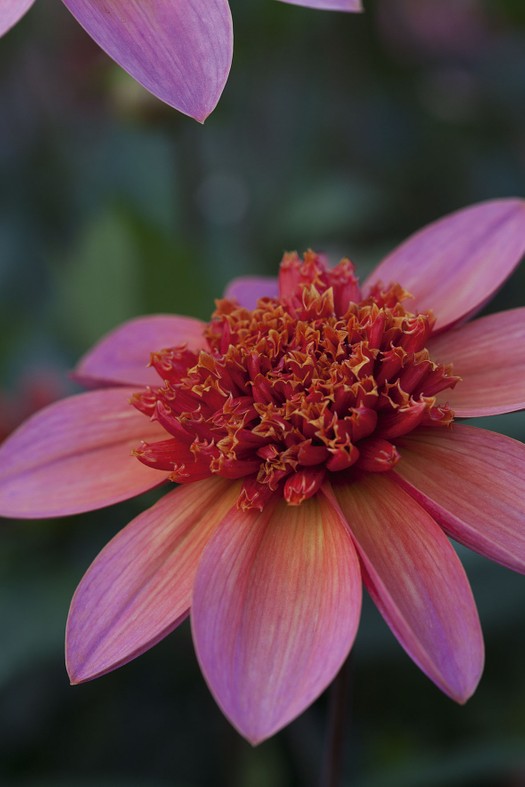
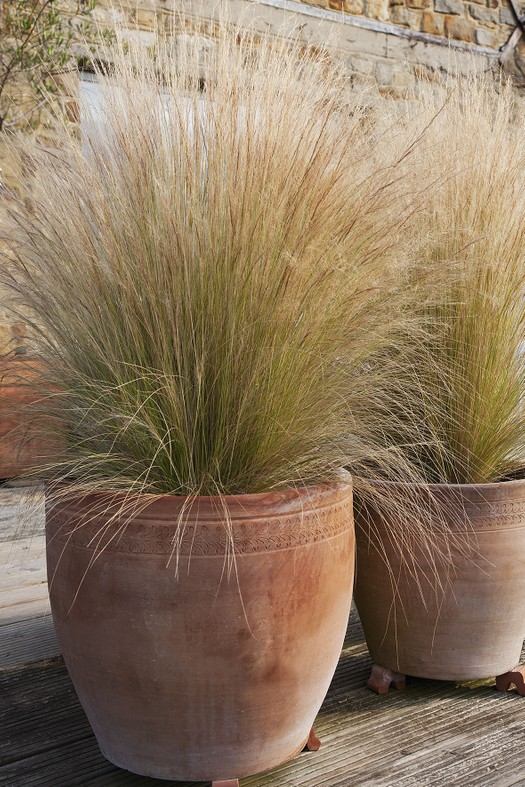
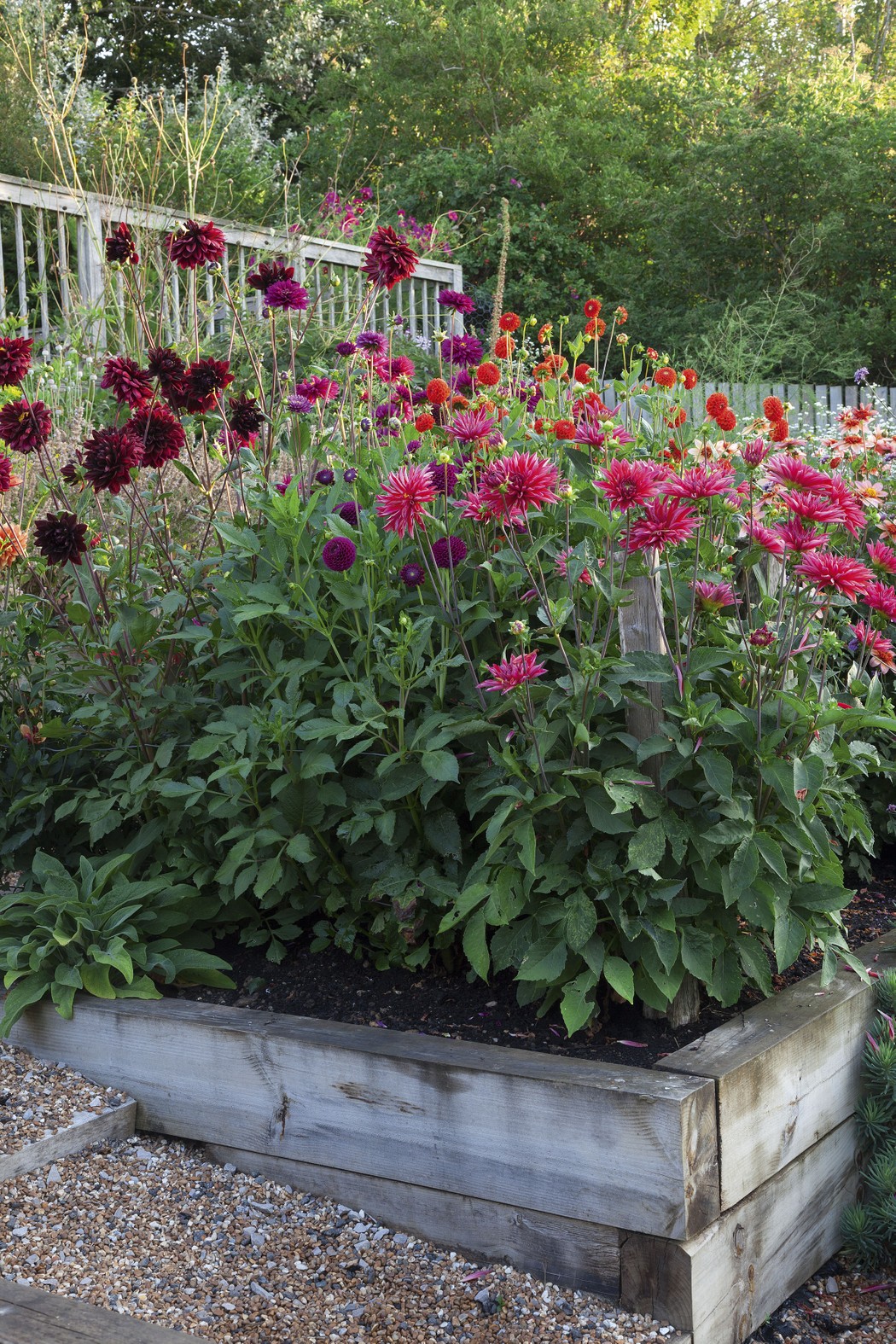
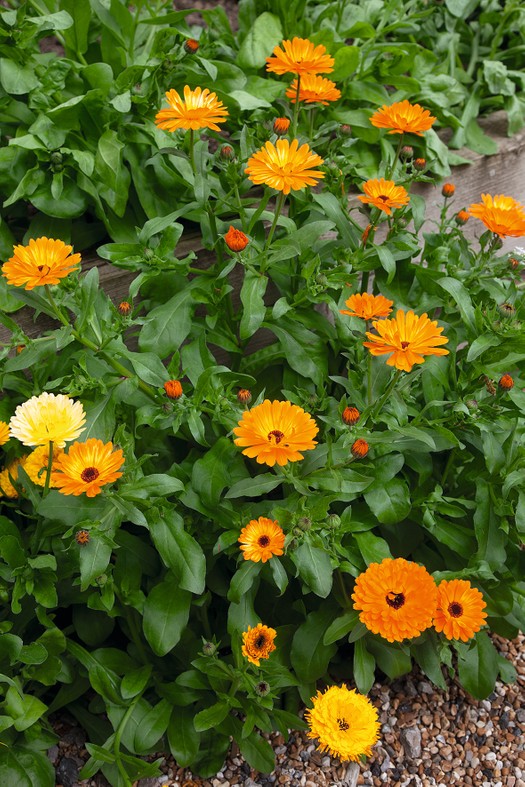
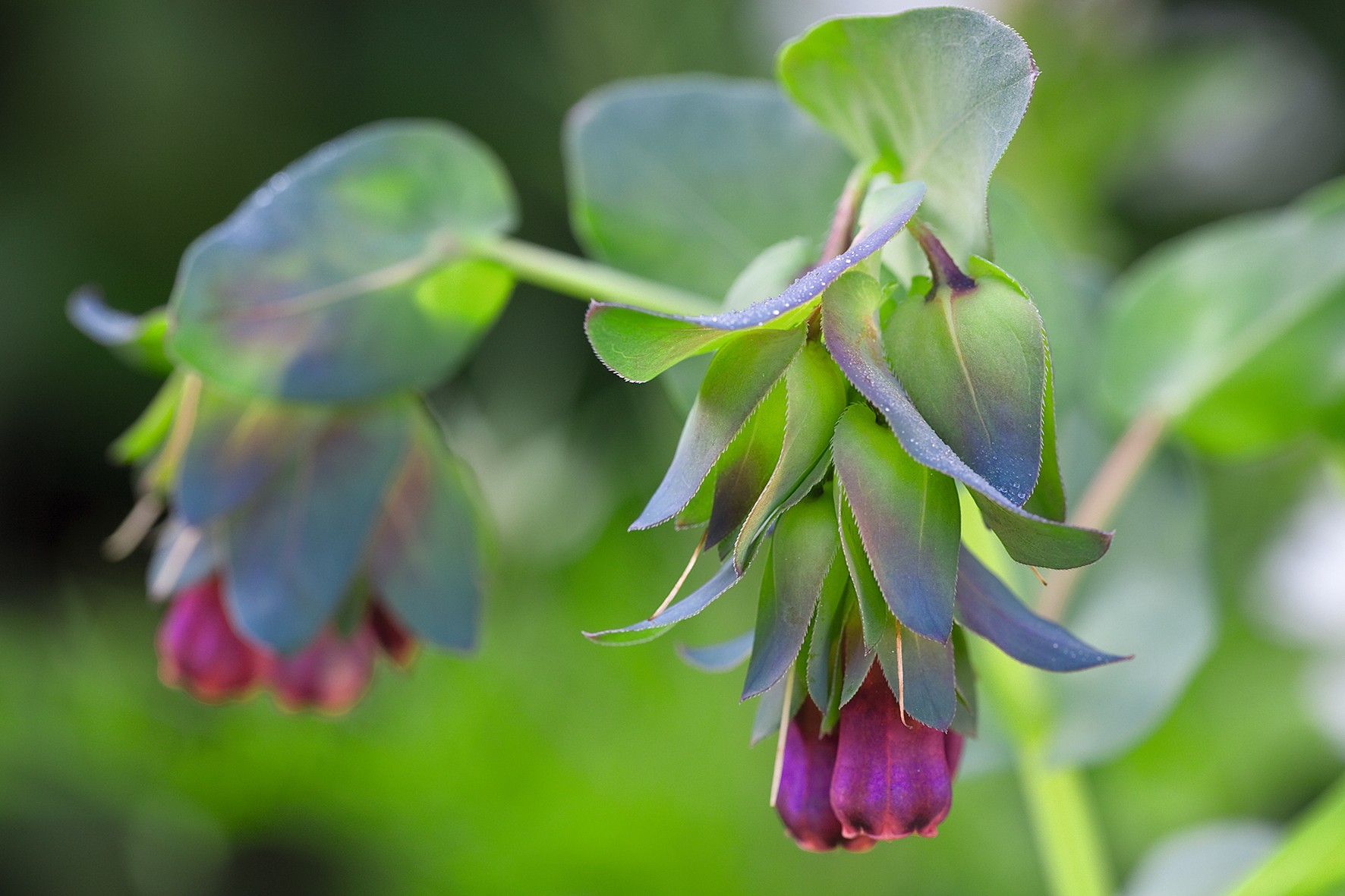
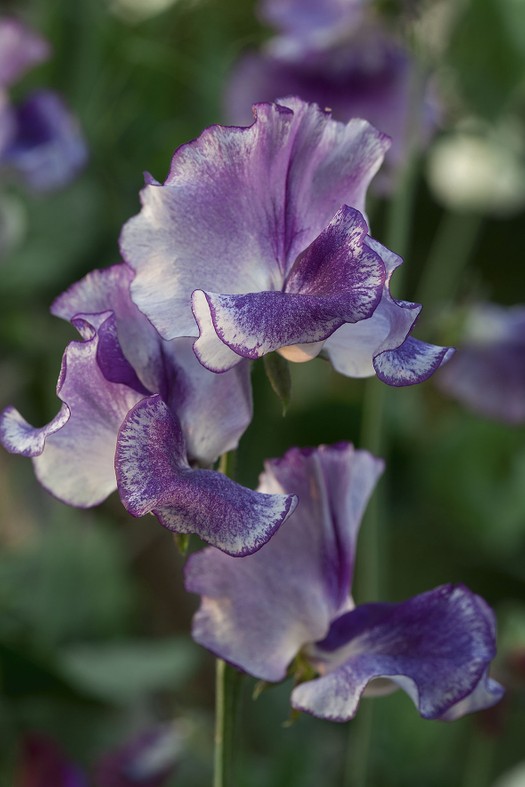
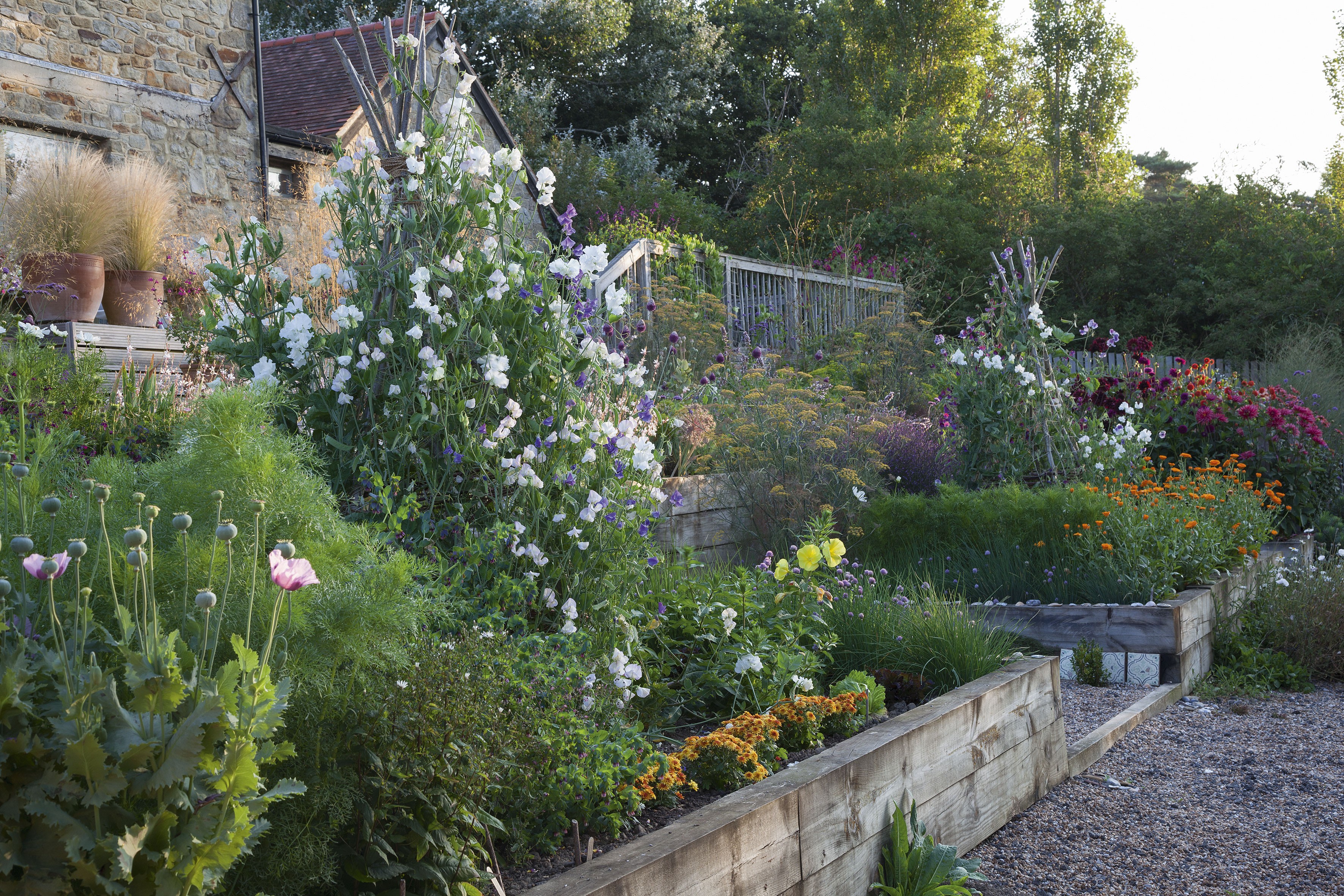
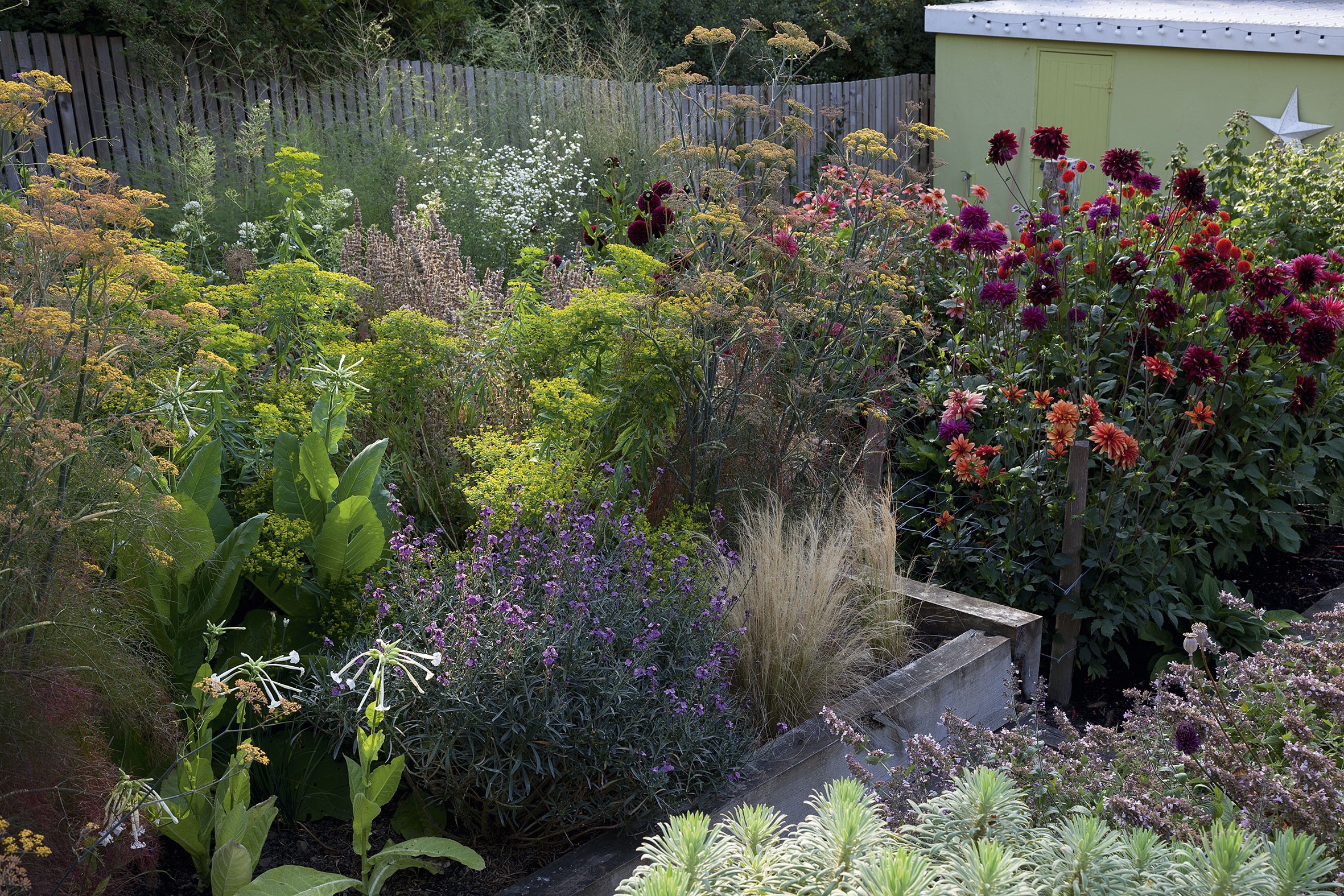
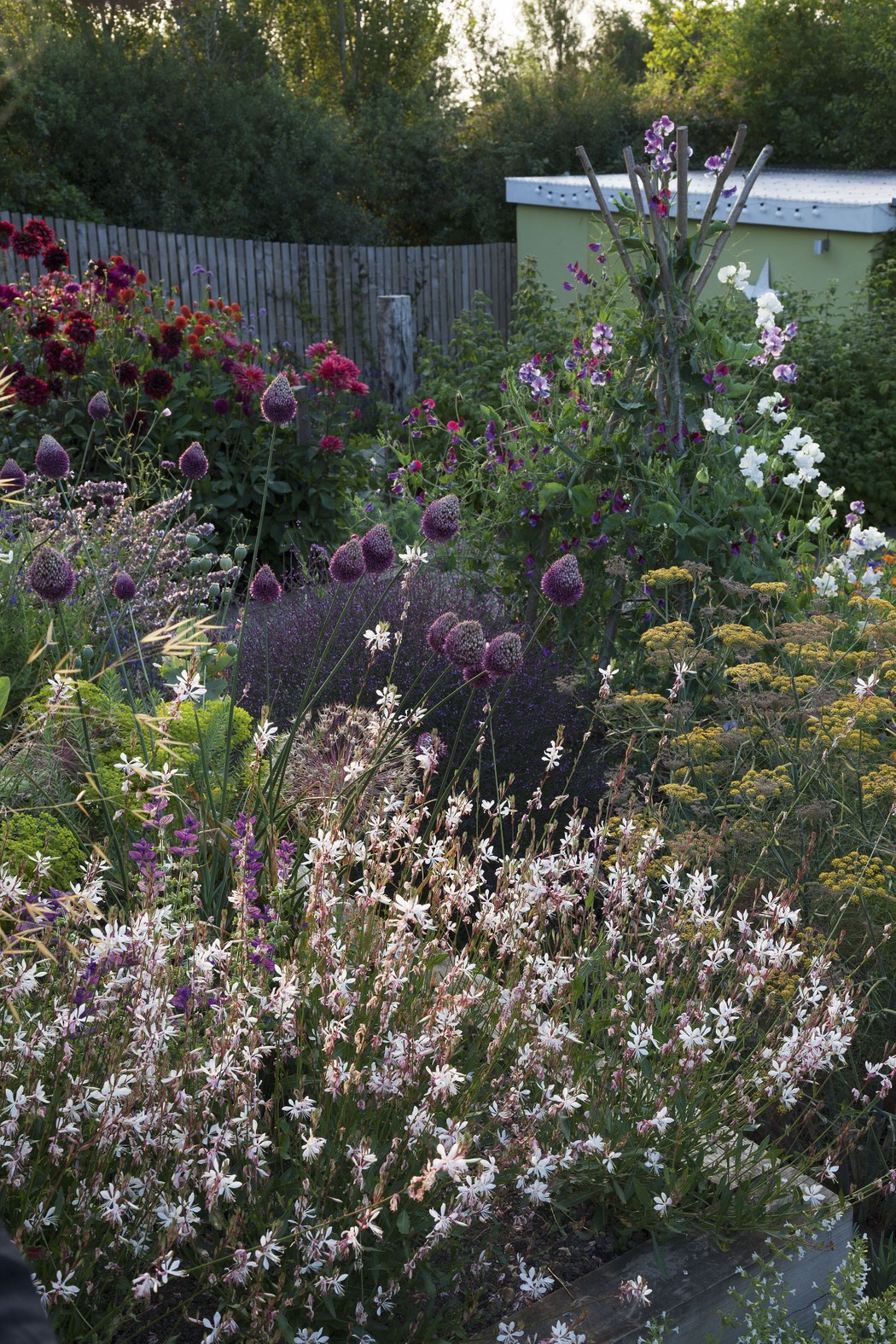
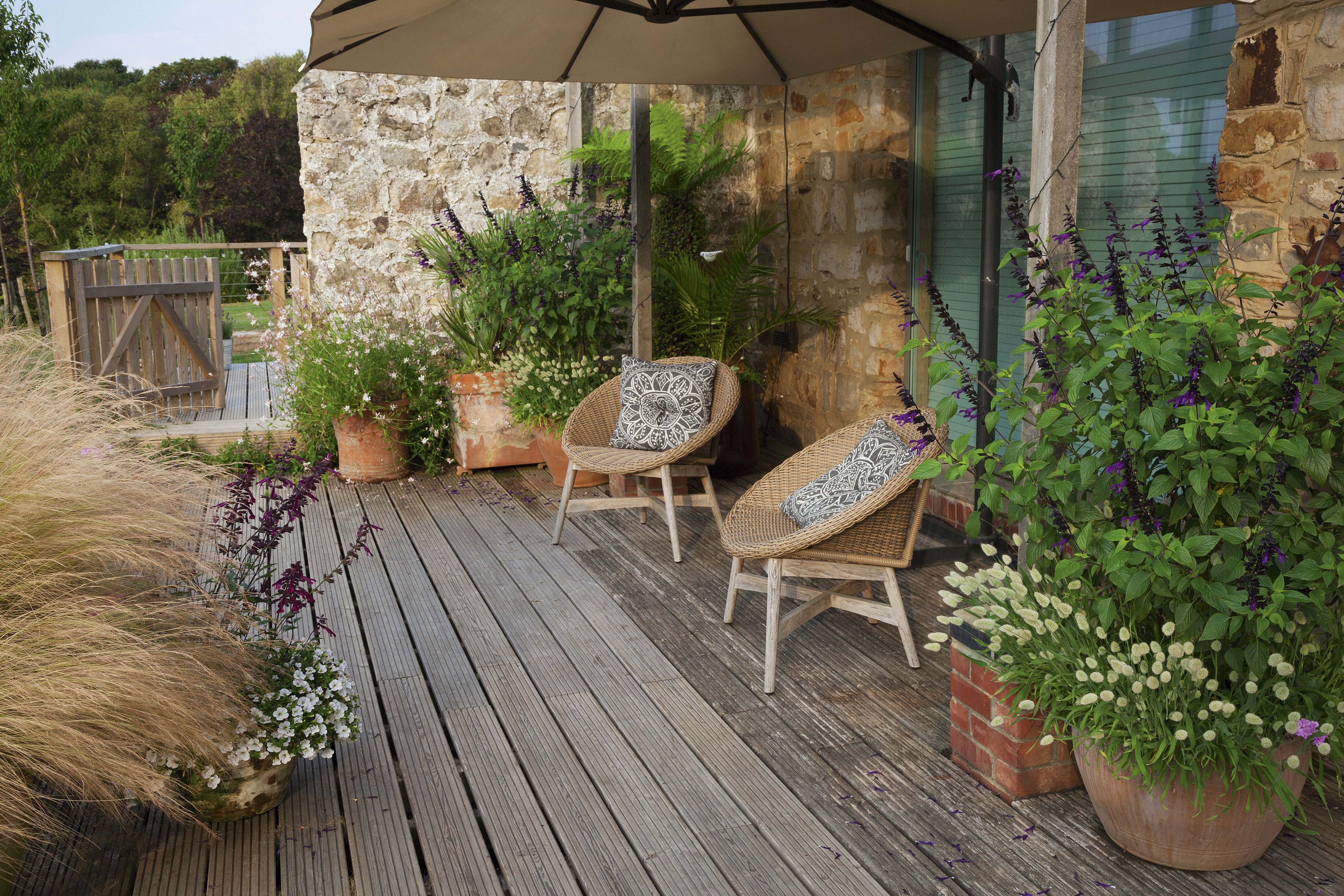














Niwaki bundle worth £57 when you subscribe
Subscribe to Gardens Illustrated magazine and claim your Niwaki bundle worth £57
*UK only
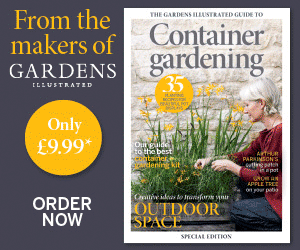
Container Gardening Special Edition
The Gardens Illustrated Guide to Container Gardening.
In this special edition, discover colourful flower combinations and seasonal planting schemes for pots designed by leading plantspeople, and essential know-how for container gardening success. Just £9.99 inc UK p&pBy entering your details, you are agreeing to our terms and conditions and privacy policy. You can unsubscribe at any time.
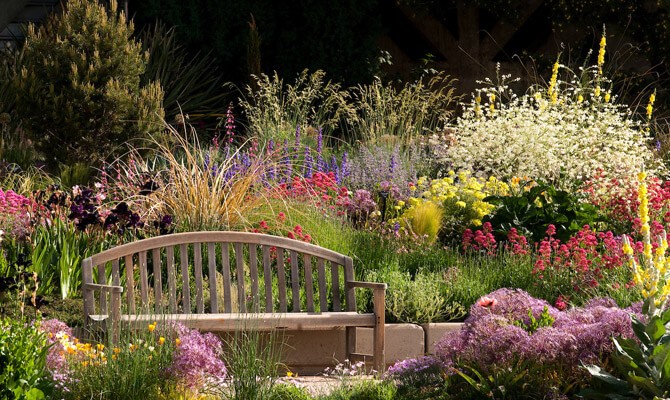
Gardens of the Globe
From botanical wonders in Australia to tranquil havens closer to home in Ireland, let this guide help you to discover some of the most glorious gardens around the world
By entering your details, you are agreeing to our terms and conditions and privacy policy. You can unsubscribe at any time.




